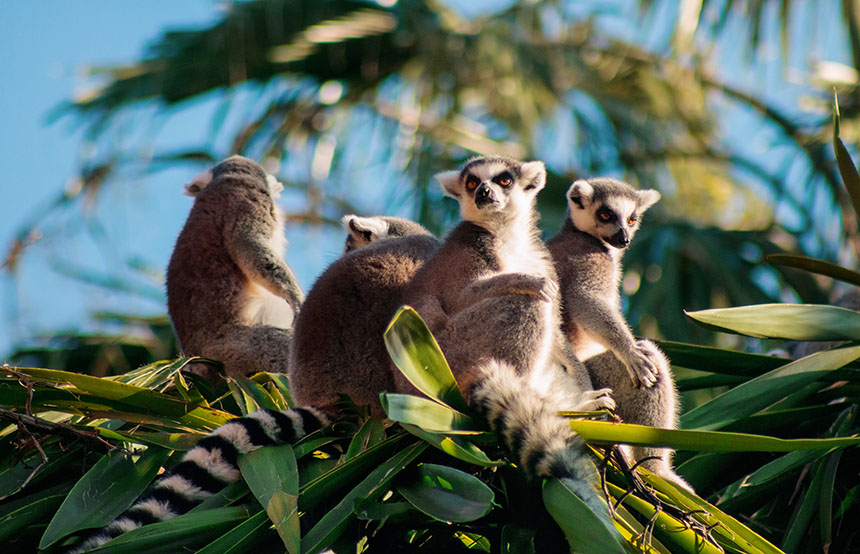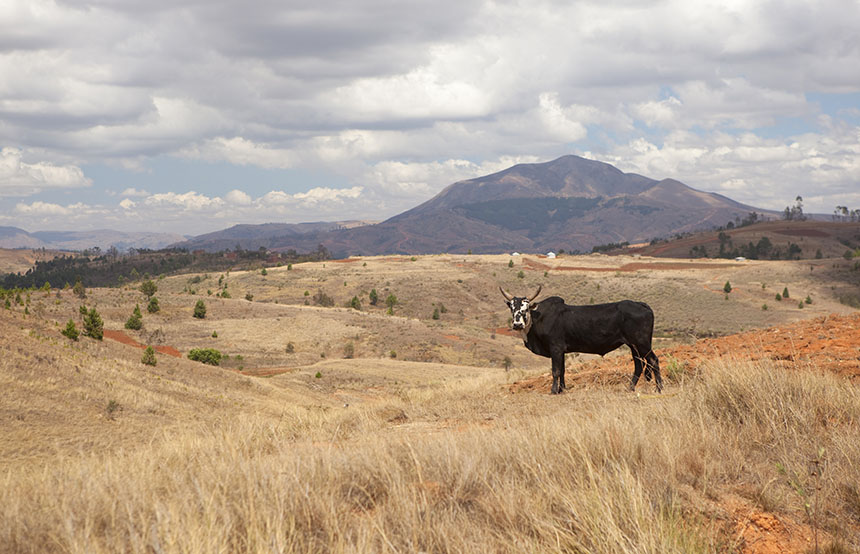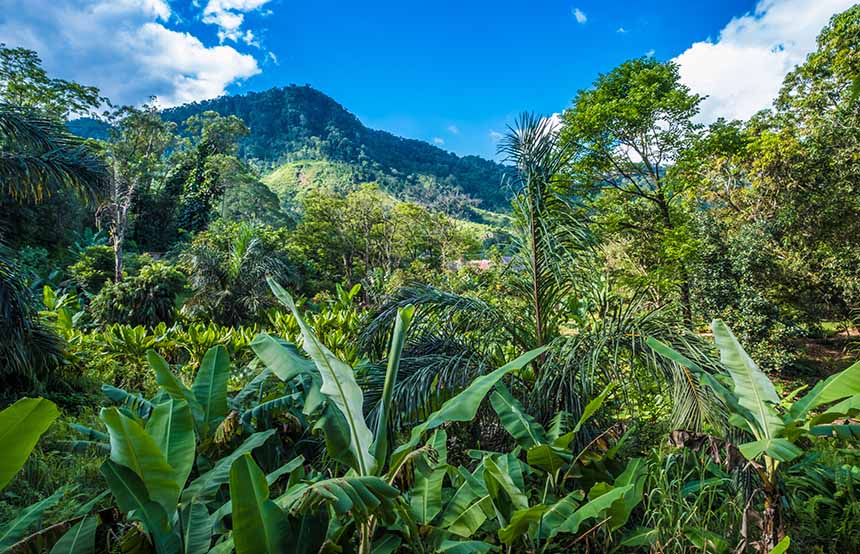Madagascar can often feel like the forgotten member of Africa’s boy band. Slotting into the same category as George Harrison, John Deacon and Charlie Watts, it has long been happy for its front men, namely Morocco, Egypt and South Africa, to steal the show. Yet, as the fourth largest island in the world, home to 5% of all known animal and plant species, it could only be expected to hang backstage for so long. Of course the 2005 DreamWorks animation helped put the island on the map; but this is a country that offers far more than fantastic cartoons. From the endemic lemur, who have bred to up to 110 different species in their 40-50 million year long history, to the Zebu (also known as the humpback Ox or ‘Omby’), who have long held an integral spot in the country’s landscape, Madagascar is truly as wild as it gets. It helps too that the country echoes the very best of its neighbouring African continent. From the island’s encircling shores that resemble the creamy coast of nearby Mozambique to the northeasterly watery pans that’ll have you thinking you’ve found the Okavango Delta’s identical twin; you’ll find that even if you aren’t interested in Madagascar wildlife, you’ll find something to fall in love with…
Lemurs
Madagascar’s poster child, lemurs (and King Julien) have long been considered the leaders of the island’s wild land. As well as being native to the country, they are the world’s oldest living primate –try 70 million years – and come in over 100 different species. There are mouse lemurs, who stand so short they can fit into a teacup, bug-eyed lemurs, who were once thought to occupy an evolutionary loophole between squirrels and woodpeckers, and indri lemurs who top the scales at 19lb. See, that’s the thing about Madagascar’s wildlife - unlike other African countries, where humans feature heavily on the food chains of their lions, buffalo and leopards, Madagascar only seeks to mesmerize with its offering of weird and wonderful wildlife.

Aye-ayes
While seeing wild lemurs has to be up there on the Madagascar wildlife bucket list, seeing aye-ayes should be number one. Considered by many to be the strangest primate in the world, for their extraordinarily large ears and long twig-like middle finger (which makes even a witch’s hand look dumpy), they are as elusive as they look. Spending their days in rainforest canopies and nights furrowing for wood-boring insect larvae in the trees they call home, they are most commonly found on Nosy Mangabe (known as Aye-Aye Island). And while there may be a more ominous reason to why the majority of them are contained to an island in the middle of the Mananara River – they are regarded by locals as an omen of bad luck – if you hop on a night tour to the island, you’re bound to spot a pair of peeping eyes staring back. Lucky you.
Zebus
The zebu may not look as exotic as lemurs or chameleons, but that doesn’t mean they are any less worthy of your wildlife-watching eyes. Found across the island, they play both a symbolic and serviceable role. Used to tread down fields and transport locals between sleepy villages, fields and beaches, these hulking cows are usually found munching on grasslands away from bulging riverbanks during the country’s rainy season and beside them from June to December. What is most interesting about these animals – and makes them worthy of a spot on a Madagascan wildlife blog – however, are their roles in rituals. In some communities a boy is only considered to be a man once he has stolen his first zebu, while for the Bara, Antandroy and Mahafaly people, when a man dies his zebu herd are sacrificed to accompany him in the afterlife.

Chameleons
The most colourful of them all, Madagascar is home to almost half of the world’s 150 chameleon species. Found across the island’s national parks, at Ranomafana and the Andasibe and Kirindy Reserves, you’ll need to search up high for these camouflaged reptiles. While parson’s chameleons (endemic to the island) and veiled chameleons will be more than happy to provide your camera roll with shots of them perched precariously on branches with their lime green coat on for all to see, if you’re up for a bigger photography challenge, set your sights on the sunflower-seed-sized Brookesia nana. The smallest reptile on earth at 0.5 inches long, found just in 2021, their discovery is one of the truest (and most recent) reflections of the country’s status as a floating evolutionary laboratory. Of course, you’ll need a trusty guide to find them, so it’s a good job we know a couple…
Mantella frogs
David Attenborough fans, this one’s for you. Despite hiding among the lush carpet of Madagascar’s dense lowland forests, these florescent carrot-coloured amphibians can’t help but stand out. In fact, in a rather thoughtful act of nature, their bright colour is deliberately so to warn predators of their poisonous toxins. Reaching just one inch tall and believed to now occupy an area of just 3.8 square miles in the country’s foremost northern forest, they are truly the crème de la crème of Madagascar’s wildlife… if you can find them.

It would be remiss to write a blog on the country’s wildlife without touching on the issue of deforestation and climate change. And given that four out of the five animals/species mentioned here are under threat of extinction, it makes the idea of a trip to the isle feel more urgent, purposeful and as a force of good. Our Travel Less, Travel Better ethos will tell you that much…













